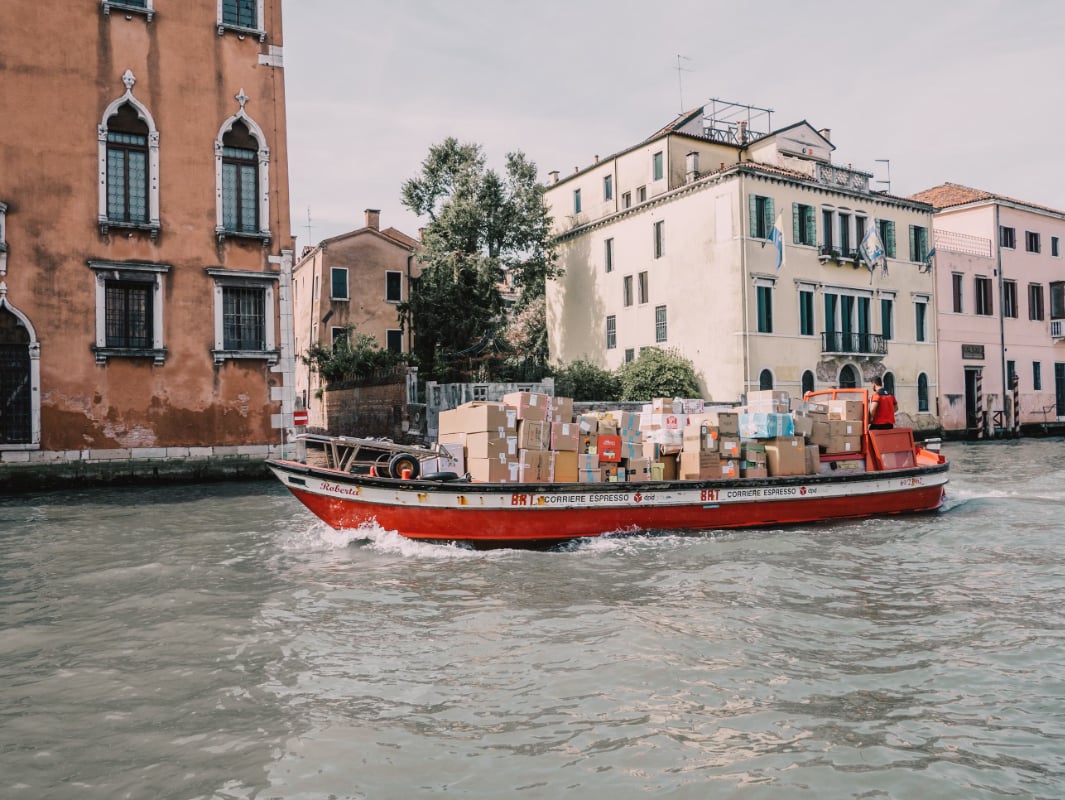How does route optimization work? A Practical Guide for Drivers and Dispatchers
- Authors

- Pierre-Luc Beaudoin
- pierre-luc@suzero.tech
- pierre-luc@suzero.tech

How Does Route Optimization Work? A Practical Guide for Drivers and Dispatchers #
Efficient route planning is key to saving time, reducing costs, and improving customer satisfaction. In this post, we will explain how route optimization works, what steps are involved, and how modern apps like Droppath can automate this process. We will also address common questions about route optimization and Droppath.
What Is Route Optimization? #
Route optimization, also called route planning, is the process of finding the best way to visit multiple locations in a single trip. The goal is to minimize travel time, fuel costs, and distance, while respecting any required delivery or pickup windows and other preferences.
The Route Optimization Process: Step by Step #
1. Providing Route Data
You start by entering all the relevant information about your route. This might include:
- The list of stops or destinations (addresses)
- Delivery or pickup instructions
- Vehicle details (such as size or type)
- Special requirements (time windows, priorities, etc.)
2. Geocoding and Data Validation
Next, the entered addresses are checked and converted into geographic coordinates (latitude and longitude). This process, known as geocoding, ensures mapping systems understand exactly where each stop is located. Invalid or incomplete addresses are flagged, so you can fix them before planning your route.
3. Analyzing Routes Algorithmically
Sophisticated algorithms then calculate all possible travel sequences between your stops. These algorithms evaluate countless combinations to determine the most optimal route. The best route is the one that saves the most time, fuel, or cost—based on your preferences.
4. Factoring in Real-World Conditions
Advanced route optimization takes into account many criteria, including:
- Traffic patterns (historical and real-time)
- Road restrictions (e.g., low bridges, weight limits)
- Delivery deadlines or specific arrival times
- Vehicle capacities and types
- Curbside approach for safer, easier stops
5. Adapting to Changes
Situations can change during the day—traffic jams, new stops, or canceled deliveries. Some route planning software can automatically suggest updated or re-optimized routes as the situation changes.
6. Delivering Results and Monitoring Progress
The optimized route is then shared with the driver, typically through a mobile or web app. You may also receive your route in formats such as:
- An interactive map with step-by-step navigation
- A printed manifest or Excel sheet
- Real-time updates as each stop is completed
How Droppath Simplifies Route Optimization #
Droppath is a user-friendly route optimization platform designed for professional drivers and businesses. Here’s how it helps:
- Easy Data Input: Add destinations manually, by spreadsheet (see CSV file format), or using barcode scanning.
- Automatic Geocoding: Instantly verifies and locates addresses.
- Flexible Preferences: Choose vehicle type, set delivery time windows, organize by priority, and specify curbside preferences.
- Advanced Algorithms: Calculates the optimal visit order in seconds—even for routes with hundreds of stops.
- Mobile Apps: Use Droppath on iOS and Android to follow your optimized route, mark completed deliveries, and adjust plans on the move.
By understanding and using route optimization, you can make your workday more productive and efficient. To try these features for yourself, check out Droppath’s features or view our pricing to get started with route planning today.


 Download for iOS
Download for iOS Download for Android
Download for Android